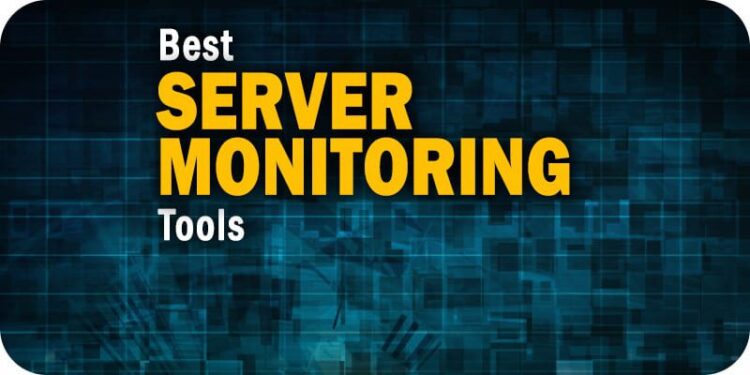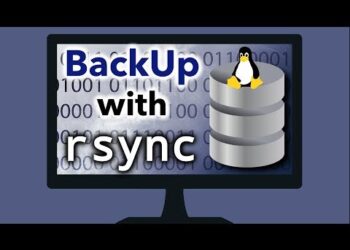In today’s digital landscape, maintaining optimal server performance is crucial for ensuring seamless user experiences and operational efficiency. Real-time server monitoring tools play a pivotal role in proactively identifying and addressing potential issues before they escalate. This comprehensive guide delves into the top real-time server monitoring tools, highlighting their features, benefits, and how they can enhance your IT infrastructure management.
A. Importance of Real-Time Server Monitoring
Real-time server monitoring provides immediate insights into server health, enabling IT professionals to:
A. Detect Issues Promptly: Identify and resolve problems as they occur, minimizing downtime.
B. Optimize Performance: Analyze metrics to enhance server efficiency and resource utilization.
C. Ensure Security: Monitor for unusual activities that may indicate security breaches.
D. Maintain Compliance: Adhere to industry standards by consistently monitoring server operations.
B. Key Features to Consider
When selecting a server monitoring tool, consider the following features:
A. Comprehensive Metrics: Monitor CPU usage, memory consumption, disk space, and network activity.
B. Customizable Alerts: Set thresholds for various metrics to receive timely notifications.
C. Scalability: Ensure the tool can handle your infrastructure’s growth.
D. User-Friendly Interface: Opt for tools with intuitive dashboards for ease of use.
E. Integration Capabilities: Choose tools that seamlessly integrate with existing systems and applications.
C. Top Real-Time Server Monitoring Tools
1. Nagios
Nagios is a widely-used open-source monitoring system that offers comprehensive monitoring of servers, networks, and applications.
Key Features:
A. Extensive Plugin Library: Supports numerous plugins for customized monitoring.
B. Alerting System: Provides immediate notifications via email or SMS.
C. Scalability: Suitable for both small and large infrastructures.
Pros:
Highly customizable.
Strong community support.
Cons:
Steeper learning curve for beginners.
2. Zabbix
Zabbix is an enterprise-grade open-source monitoring solution known for its scalability and flexibility.
Key Features:
A. Real-Time Monitoring: Tracks various metrics across servers and networks.
B. Visualization Tools: Offers graphs, charts, and maps for data representation.
C. Automated Discovery: Detects network devices and servers automatically.
Pros:
No licensing costs.
Robust reporting capabilities.
Cons:
Initial setup can be complex.
3. Datadog
Datadog is a cloud-based monitoring and analytics platform designed for modern IT environments.
Key Features:
A. Unified Dashboard: Consolidates data from various sources for holistic monitoring.
B. AI-Powered Alerts: Utilizes machine learning to detect anomalies.
C. Integration Support: Compatible with numerous applications and services.
Pros:
User-friendly interface.
Scalable for large infrastructures.
Cons:
Subscription-based pricing.
4. Paessler PRTG Network Monitor
PRTG is a comprehensive monitoring solution that uses sensors to track various aspects of your IT infrastructure.
Key Features:
A. Sensor-Based Monitoring: Over 200 predefined sensors for diverse metrics.
B. Auto-Discovery: Automatically detects devices and configures sensors.
C. Flexible Alerts: Customizable notifications via multiple channels.
Pros:
Easy to set up and use.
Offers a free version with limited sensors.
Cons:
Sensor-based licensing can become costly as needs grow.
5. SolarWinds Server & Application Monitor
SolarWinds provides a robust monitoring solution tailored for servers and applications.
Key Features:
A. Comprehensive Monitoring: Tracks server health, application performance, and more.
B. Customizable Dashboards: Visualize data in a way that suits your needs.
C. Predictive Alerts: Anticipates issues before they impact performance.
Pros:
Rich feature set.
Strong vendor support.
Cons:
Higher cost compared to some alternatives.
D. Implementing Server Monitoring Best Practices
To maximize the benefits of server monitoring tools:
A. Define Clear Objectives: Determine what metrics are most critical to your operations.
B. Regularly Review Alerts: Ensure alert thresholds remain relevant as your infrastructure evolves.
C. Train Your Team: Educate staff on interpreting data and responding to alerts effectively.
D. Integrate with Other Tools: Combine monitoring tools with other IT management solutions for a cohesive approach.









